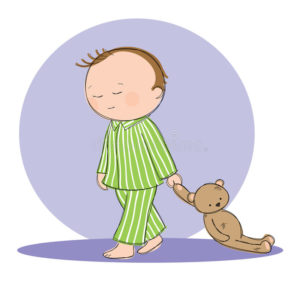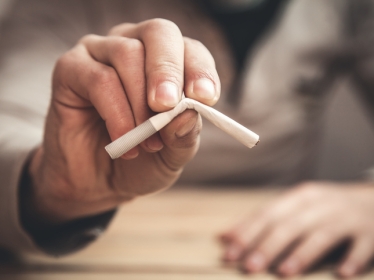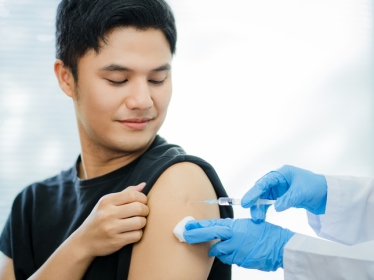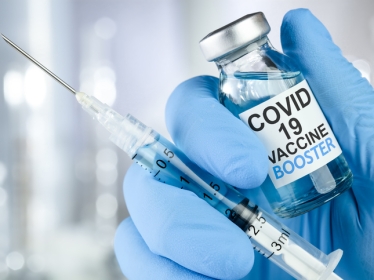
What is parasomnia?
The term ‘parasomnia’ refers to sleep disorders that involve abnormal movements, behaviors, emotions and confused behavior occurring during an arousal or awakening from nocturnal sleep or daytime nap.
These events are usually infrequent and mild. Examples of Parasomnia include confusional arousals, sleepwalking and sleep terrors. These disorders are very common in young children. The events usually occur as an arousal from deep or slow wave sleep in the first one third of the night. Although the behaviour may be complex and appear purposeful to others, the child remains asleep during the event and often have no memory of the occurrence.
Such disorders tend to run in families and might be made worse when a child is sleep deprived, overly tired, has a fever, or is taking certain medications. They may occur more frequently or and persists beyond the typical age for these disorders if children have a co-existing sleep problem that interferes with the quality of sleep e.g. obstructive sleep apnoea or periodic limb movement disorders.
Types of parasomnia
Confusional arousals
These often occur in infants and toddlers. The episodes begin with crying and thrashing around in bed. The child will appear awake and may look confused or upset, appear to ‘stare through you’ and resists attempts to being consoled. These episodes may last up to half an hour and terminates with the child returning to sleep.
Sleepwalking
This is commonly seen in older children. It ranges from simply getting out of bed and walking around the room to prolonged and complex actions, including going to another part of the house or out of the house. The sleepwalker may return to bed or awaken in the morning in a different part of the house. Sleepwalkers often talk or shout when walking and eyes are usually open and have a confused ‘glassy’ look. They are often capable of acting out complicated behaviours, such as passing urine in the bathroom or opening drawers and windows.
Sleep terrors
Sleep terrors often begin with a "bloodcurdling" scream or shout, and cause behaviour suggesting extreme terror, such as dilated pupils, rapid breathing, racing heart, sweating and extreme agitation. During a sleep terror, the child may bolt out of bed and run around the room or even out of the house. The child will not respond to voices and may hurt themselves or someone trying to calm them. Children who have sleep terrors do not remember the episode or recall vivid dream images, unlike those who have typical nightmares or bad dreams.
Treatment
In most cases, no treatment is necessary. These events rarely indicate any serious underlying medical or psychiatric problem. In children, the number of events tends to decrease as they get older and sometimes evolve from night terrors to sleep walking.
Safety of the child during the events is important. Simple measures such as clearing the bedroom of obstructions, securing windows, sleeping on the first floor, and installing locks or alarms on windows and doors should be looked into.
Treatments include avoidance of triggers, treating co-existing medical disorders, scheduled awakenings or behavioural modification techniques.
Seek the help of a child sleep specialist if events are frequent, severe, unusual or if you suspect an associated underlying sleep disorder.




